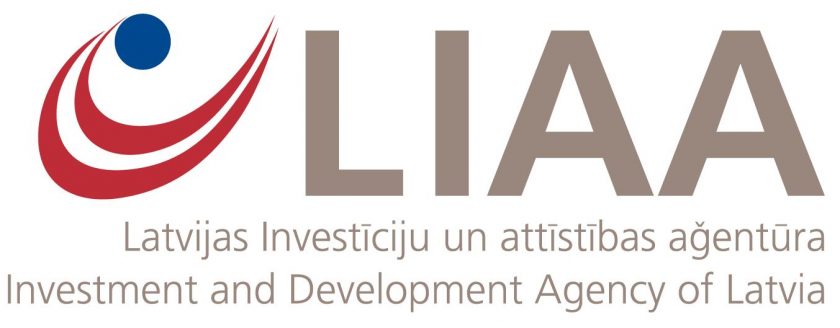European Regional Development Fund Operational Programme “Growth and Employment”. 1.2.1. specific support goal “To increase Investments of Private Sector in R&D” ; measure 1.2.1.2. “Support for Improvement of Technology Transfer System” Project “Contactless ice thickness measurement device” Nr. KC-PI-2020/40
Agreement with Investment and Development Agency about participating in Technology Transfer measure Nr. KC-L-2017/14
At present, measuring ice thickness on rivers and lakes is a time-consuming process using ice drilling and thickness measurement using a specialized measuring scale. This approach is impractical for large area survey and also makes it difficult to identify ice thickness reduction zones caused by water currents.
A portable contactless ice thickness measurement device allows you to quickly and easily measure ice thickness. The advantage of this type of manual contactless measuring device is the ability to display ice thickness measurement data on the device display in real time as well as to store the survey data locally or to send to a remote server. Lightness of the device allows it to be used for mapping large areas of ice thickness using a drone or other unmanned platform.
The purpose of the technology is to facilitate and speed up the process of obtaining ice thickness measurement data. The potential future goal is to fully automate the data collection process using: (a) stationary equipment; (b) equipment on board flying or moving platforms.
Total financing of project: up to 27 777.00 EUR, included ERDF financing up to 25 000.00 EUR.
Accomplishments in the ERDF project “Contactless Ice Thickness measurement device” (EDI-ICE), contract no. KC-PI-2020/40, for the period from 1st of July to 30th of September 2020
In the period from 01.07.2020. until 30.09.2020. the team was working on the preparation, finalization, formatting and translation of the Feasibility Study. An action plan for commercialization activities was also developed, a project budget was drawn up and cash flow was planned for the project implementation period. Different commercialization models were also analyzed, and their economic rationale assessed.
In-depth market research, collection of feedback from potential users and communication with potential licensees of project results were carried out. Different types of intellectual property protection were also considered and a strategy for their implementation was outlined.
All deliverables planned in the project and their translations have been submitted within the deadline set by LIAA. A presentation has been prepared which can be demonstrated by the project team for the purposes of technology transfer activities.



